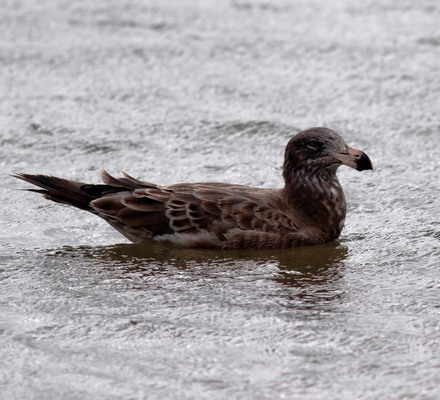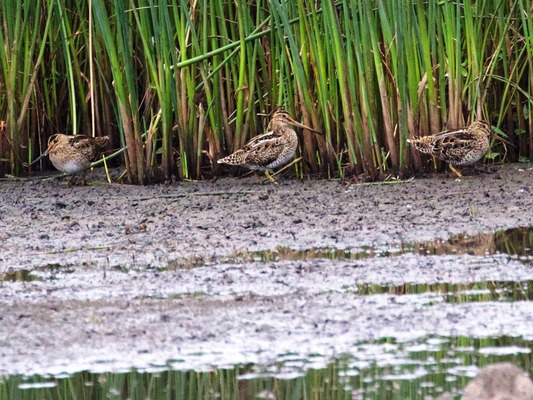As I write this Ocean Grove is shrouded by a thick blanket of smoke from the disaster of Gippsland, Kangaroo Island and the New South Wales bushfires.
The last 12 months have been totally distressing for lovers of the Australian bush and animals, with loss of habitats, drought, poisoning, and now fires contributing to countless deaths.
It’s very hard to be positive in such an environment. The far eastern areas of our state were some of our most beautiful, remote and, in parts, untouched forests, and they will never be the same again.
There have been some interesting bird sightings around the Geelong region over the Christmas break.
On December 18 an eastern yellow wagtail was seen at Hospital Swamp by Margaret and Richard Alcorn.
Yellow wagtails are migrants from the Northern Hemisphere to Australia. There have been a few sightings in southern Australia, although in the north they are regularly seen in summer, especially around Broome and Darwin.
Wagtails are quite widespread in the Northern Hemisphere – their nearest relatives here in Australia are the pipits.
At the same time as the wagtail was seen, a ruff, which is a migratory wader, was also spotted at Hospital Swamp.
I ventured to Hospital Swamp to have a look, along with a dozen or so fellow birdwatchers, but didn’t spot the wagtail or the ruff. I did see a few juvenile dusky woodswallows, which was lovely.
On the subject of juvenile birds I’ve seen two very young brown falcons lately; one was on Banks Road around the housing development area, and the other was in Lake Road, Connewarre. I also saw a newly fledged pair of Pacific gulls at the Ocean Grove boat ramp on the Barwon River.
On Christmas Day I was looking at the gannets at Pope’s eye while returning from Dromana on the Queenscliff ferry, when I spotted two grey-brown sea birds chasing a pair of crested terns.
My photos were pretty poor as the birds were a few hundred metres away, but the grey birds were identified as Arctic jaegars, so I was very excited to have seen them so close to home.
The Arctic jaeger measures around 48cm in length, so they are not very big.
This bird will feed on rodents, insects, eggs, chicks and small birds in the breeding season, but the majority of its diet (especially in winter and on migration) is made up of food that it acquires by robbing other birds of their catches, which is probably what they were doing when chasing the terns.
I did see a new bird (for me) in Ocean Grove over the Christmas period, which was a Pacific or fork-tailed swift. Tom Fletcher told me to look out for this bird one stormy day, and I drove around the Grove looking for the birds, and I spotted them flying over the Collendina pub.
They were much smaller than I imagined them to be (19cm in length) and very hard to photograph. These tiny birds fly to Australia in the summer months from Asia.
Kevin sent me some photos of some beautiful birds at Begola wetlands, including Latham’s snipe, royal spoonbills, freckled ducks and a coot family.
Andrea Dennett reported that a hooded plover fledged at Point Lonsdale on Christmas Day.
Ocean Grove local Leo informed me that he saw two hoodie chicks on the beach between Point Lonsdale and Ocean Grove, so please ensure that dogs are on a lead when on the beach, thanks.
I just wanted to pay tribute to a bird watching maestro, Gordon McCarthy, who passed away on 30 of December, aged 96. Gordon was an inspiration because of his kindness and knowledge of the natural world, and it was a privileged to have known him. RIP dear Gordon.











